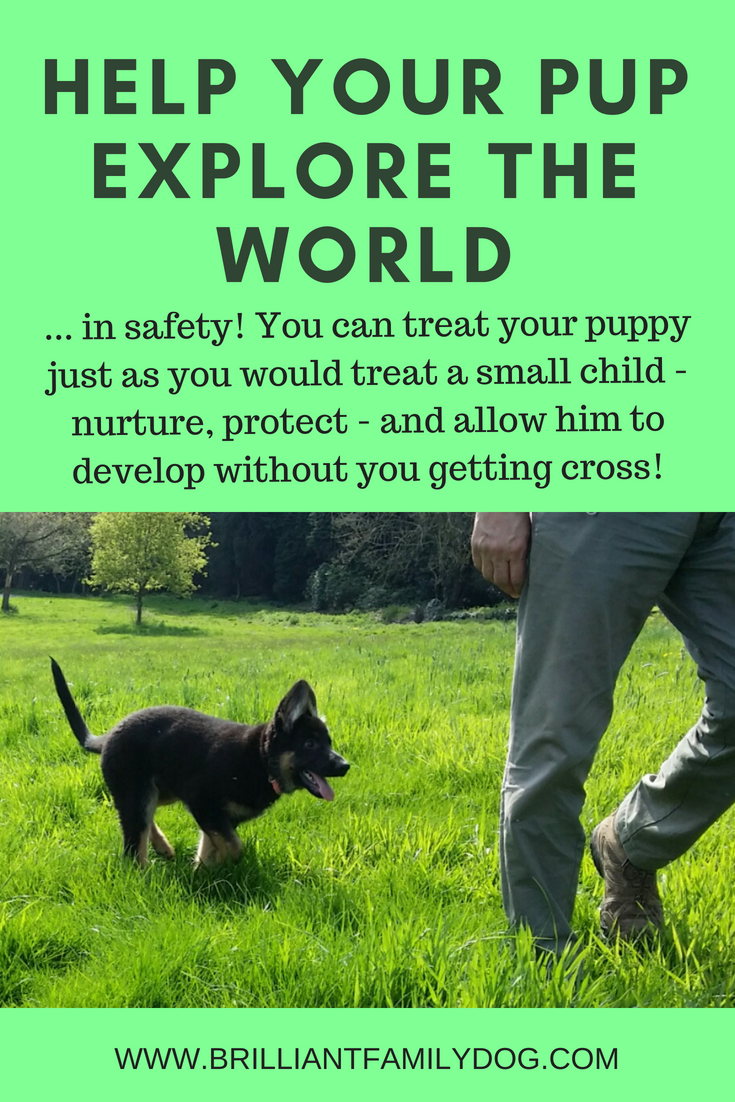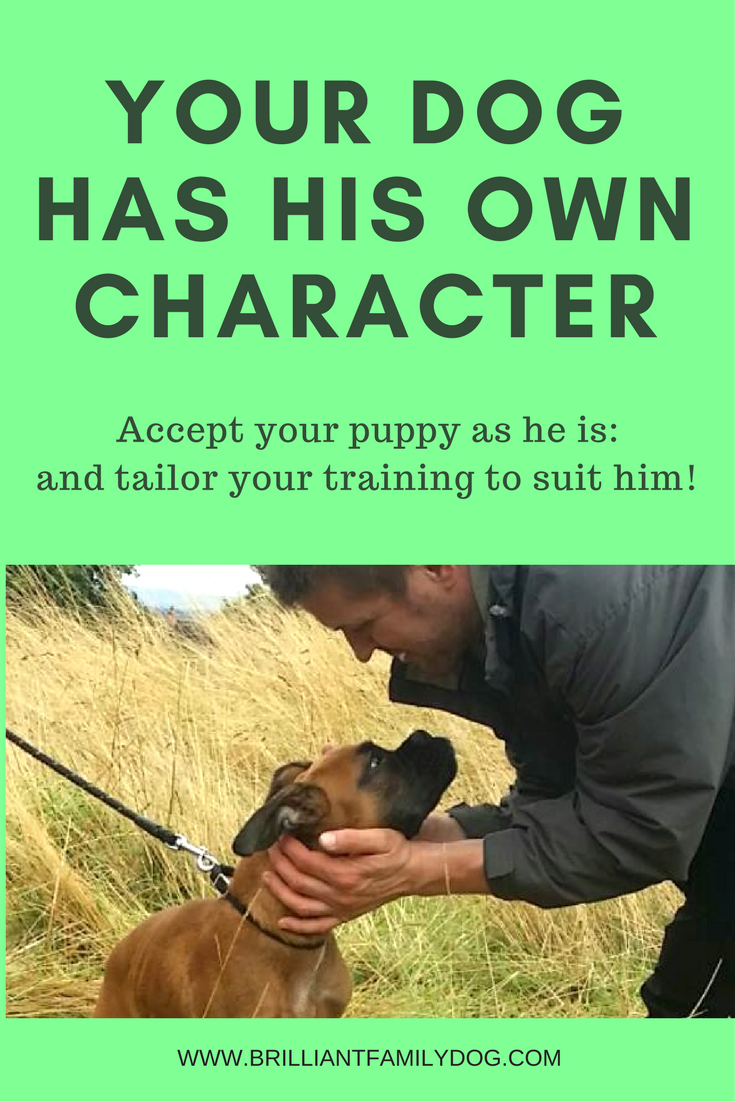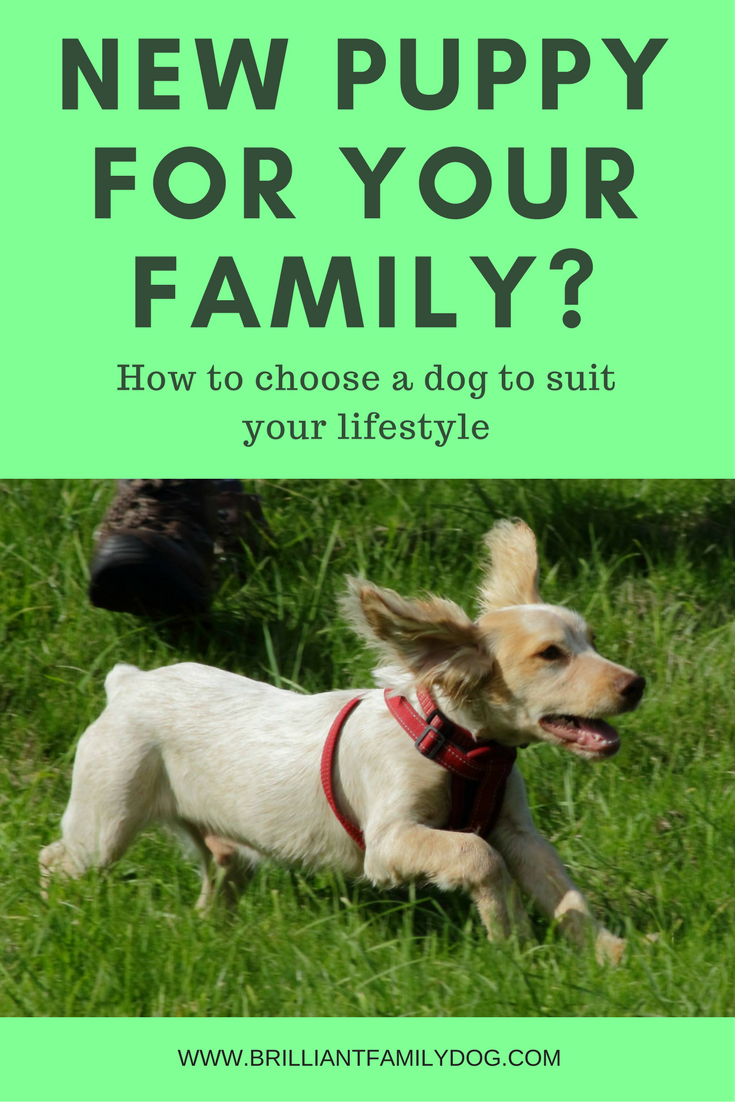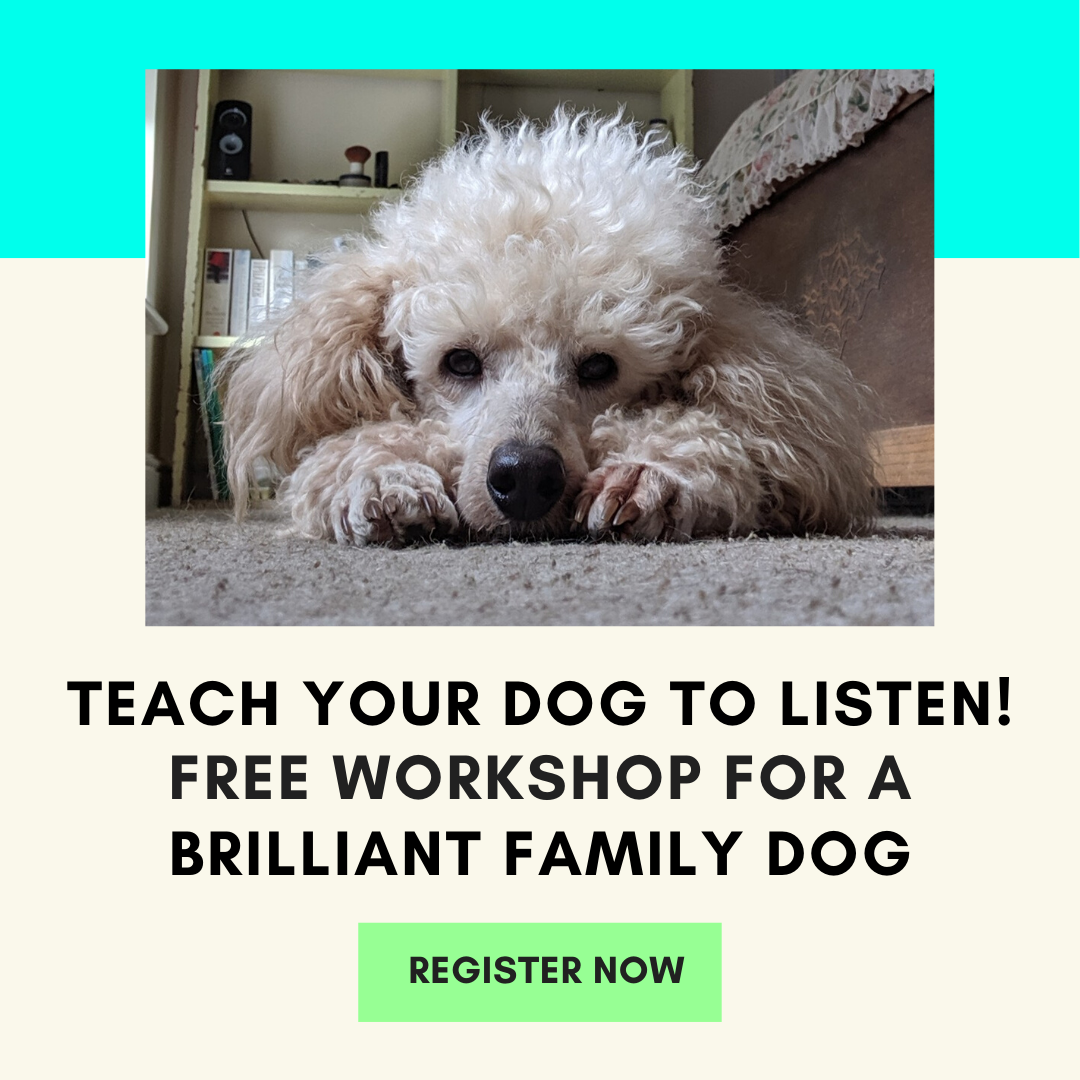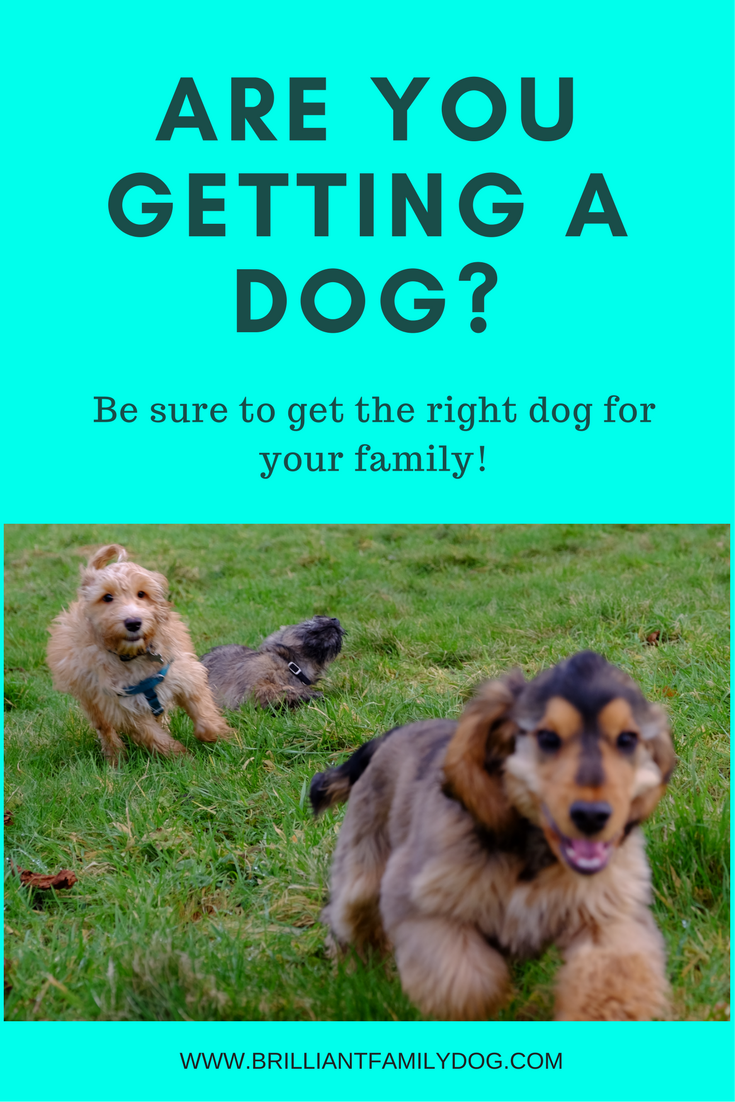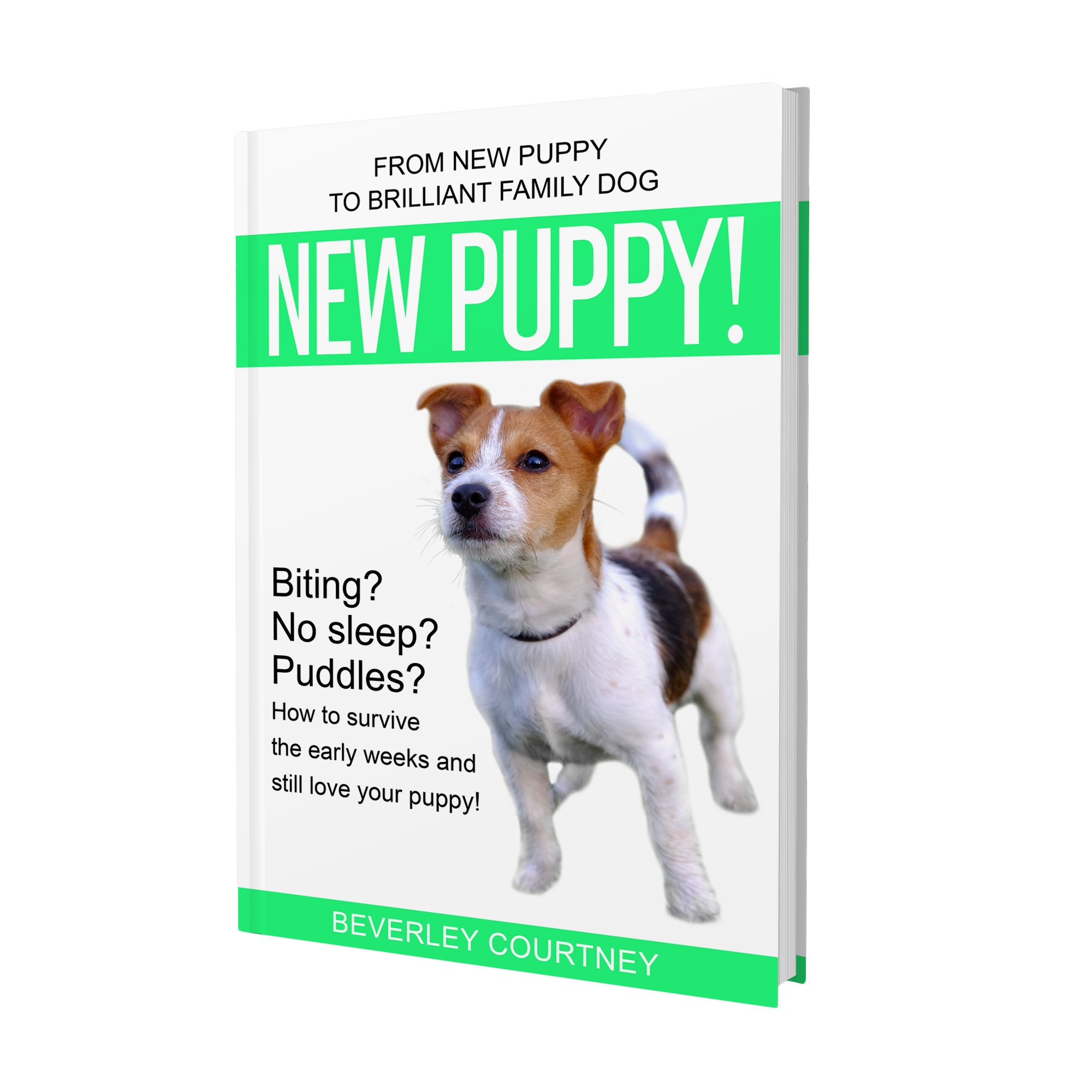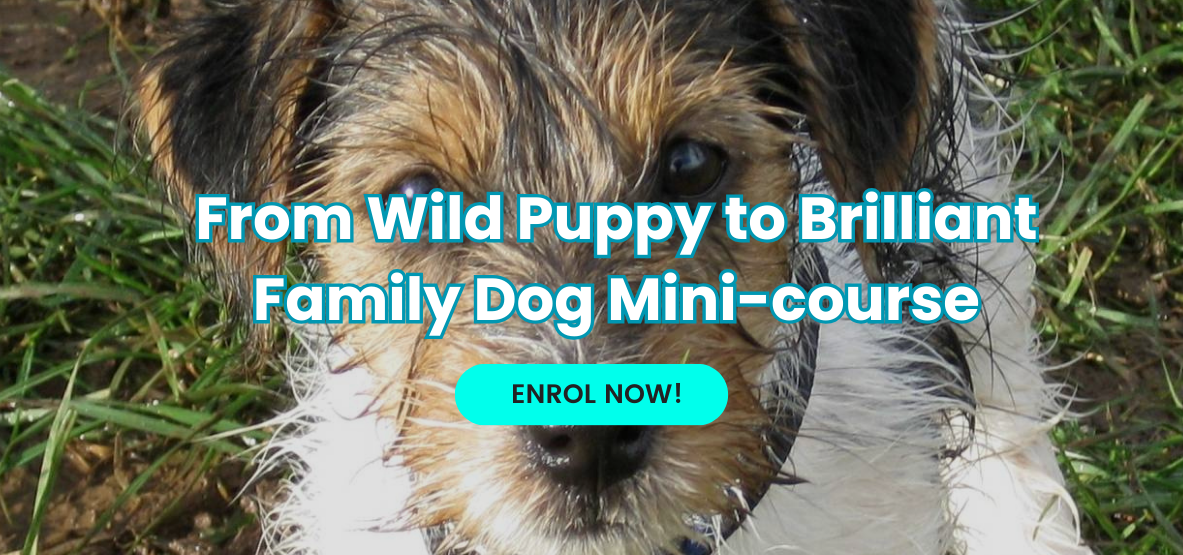The earth trembled and a great rift appeared, separating the first man and woman from the rest of the animal kingdom. As the chasm grew deeper and wider, all other creatures, afraid for their lives, returned to the forest - except for the dog, who after much consideration, leapt the perilous rift to stay with the humans on the other side. His love for humanity was greater than his bond for other creatures, he explained, and he willingly forfeited his place in paradise to prove it.
Native American folk tale
Although many dog-lovers will warm to this tale and find it quite believable as they admire the faithful companion on their hearthrug, it didn't actually happen like this!
From the time of the dinosaurs there has been a continual evolution of new life forms, some superseding their forebears, some living alongside them. This development has taken place over vast, unimaginable, tracts of time. Picture this: if dinosaurs arrived one day ago, humans would have only appeared in the last 43 seconds - and dogs in the last 6 seconds!
As bears developed from hyenas, viverids, and cats, so dogs developed from the canids which followed 10 million years later. But which of the seven canids was the forerunner of the dog?
It is now clear that dogs evolved from wolves around 15000 BP (more recent research suggests it may be as long ago as 30000 years). With the same 78 chromosomes, and DNA that varies by only 0.02 %, they are without doubt closely related.
The theory propounded by Raymond Coppinger in Dogs in 2001¹, states that dogs evolved through natural selection from wolves who were able to eat in the presence of humans. This modification of the normal fear and flight instincts meant that these wolves could take advantage of the food waste lying around the villages being developed by man. Their undoubted use as alert dogs, guard dogs, scavenger- and cleaner-dogs - thereby reducing disease - ensured they found a place round the campfire. As they became more at ease around man, they became tamer and more sociable, until they became the indispensable companion and workmate of the present day.
Jessie Zgurski, in The Origin of the Domestic Dog, Canis familiaris², says
“Fossil bones of dogs have been found along with human remains in caves around the world. Arguments have been made that dogs first became domesticated in the Middle East, Europe, or Southeast Asia. The time frame, however, has not been controversial. The fossils at the proposed sites all date from between 10,000 and 20,000 years ago, times that slightly predate the origins of agriculture.”
It is likely that, as Homo sapiens developed in one area and spread round the world, so the dog spread round the world with his new partner - man.
The distribution indicates that dogs spread from the Far East. Many of the land bridges were still in place about 14000-12000 BP, most notably that between Asia and North America. The wolf and the fox adapted best to different climates and habitats. The more limited distribution of Dingo, Jackal, African Wild Dog, and Raccoon Dog indicate an inability to diversify, although it is thought that the Carolina Dog in the USA may be a direct descendant of some well-travelled Dingos.
It was from the more adaptable wolf that the very successful dog emerged, now to be found in virtually every corner of the world. Though wolves have remained largely unchanged over 5 million years, dogs have shown amazing diversity in their short 15000 years of existence. Dogs now show the greatest size range of any mammal.
A fascinating experiment took place at a Russian Fox Fur farm from 1900-1920. Dmitri Belyaev, a Russian geneticist, wanted to artificially select foxes for tame-ability, simply for ease of handling at the farm. “After only eighteen generations, Belyaev had come up with naturally tame animals that had many of the behavioral traits of a domestic dog.” (Coppinger)¹.
What Belyaev had not anticipated though, was that along with the tamer behaviour came other changes: droopy ears, oestrus twice a year instead of once, doglike sounds, and - unfortunately for the fur farm! - piebald coats.
This is a perfect example, under controlled and documented conditions, of a “saltation”, or evolutionary leap from one species to the next.
Bibliography
Coppinger R and Coppinger L (2001) Dogs – A Startling New Understanding of Canine Origin, Behavior and Evolution. New York, Scribner
Zgurski J, The Origin of the Domestic Dog, Canis familiaris. (Powerpoint presentation). https://www.nrem.iastate.edu CanidaeProcyonidae, accessed 29.3.21



